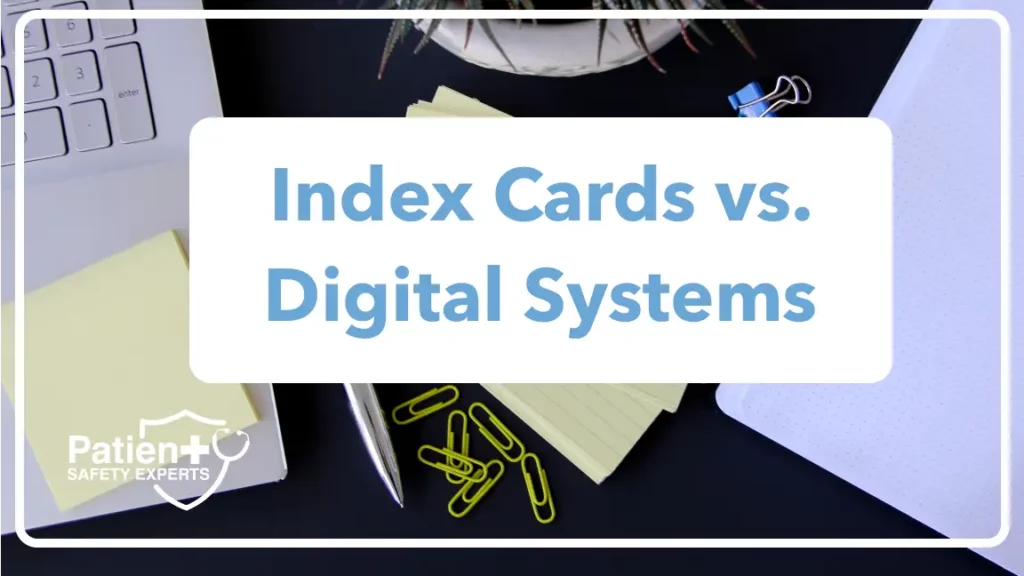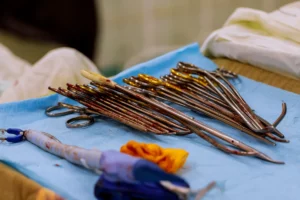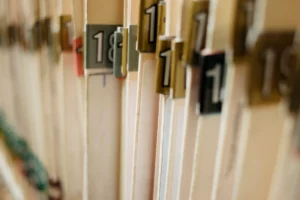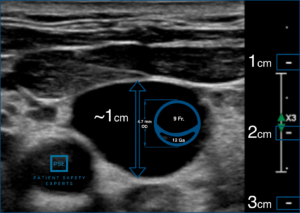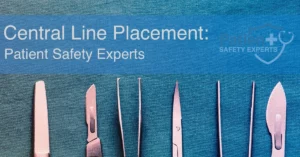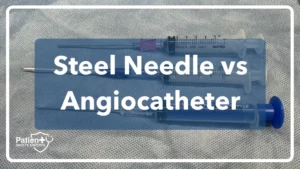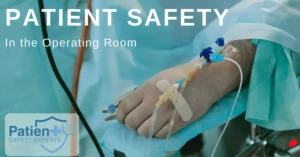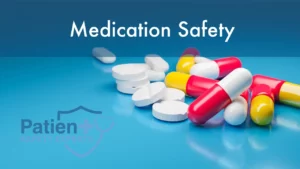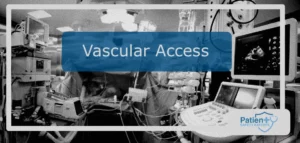Anyone who has seen me around the hospital knows that in general, I will always have 2 things with me. A pen to write with and my trusty set of notecards. I don’t think that I have been anywhere without them for the past 5 years.
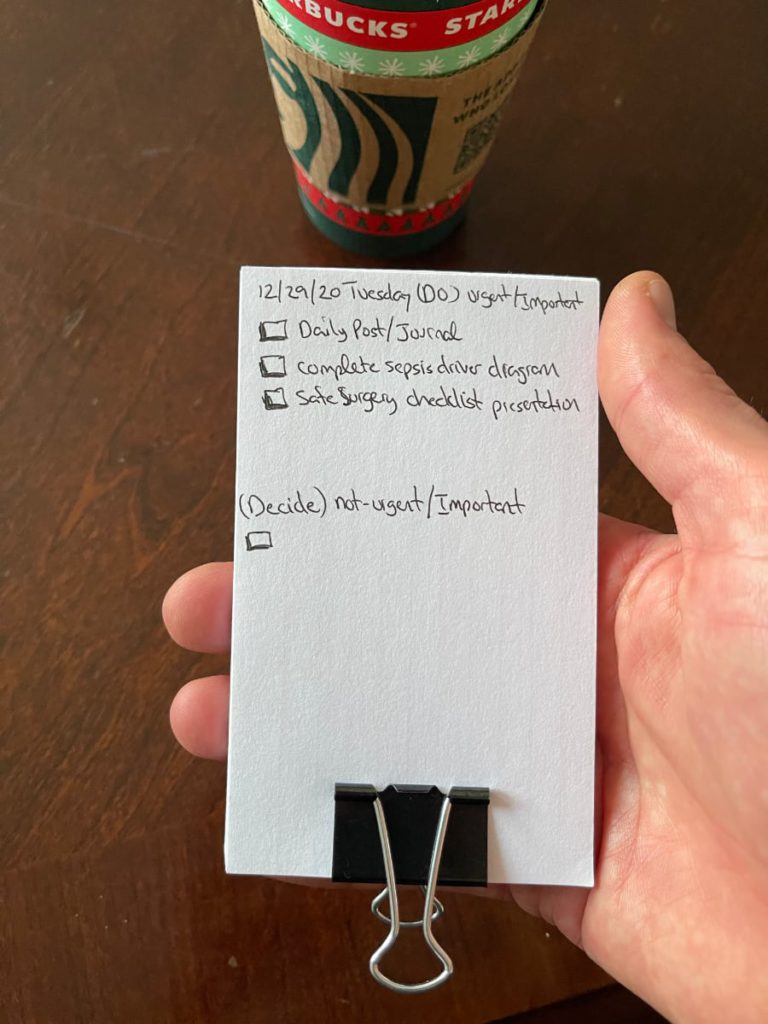
As someone who is “techy” enough to create a few websites and mobile apps, new acquaintances find it odd that I am quick to break out the notecards to jot things down.
I agree it seems antiquated at first but here are 7 reasons I like my notecards over any electronic to-do list.
Reason #1: They always fit in my pocket and I can take them wherever I go.
Portability is under-rated for to-do systems and a set of 3×5 index cards is a portable as it gets. As an anesthesiologist who practices in an anesthesia care team model, my day is spent on the move. I am rarely in the same spot for more than a few minutes.
The 3×5 index card fits nicely into the front pocket of my scrubs or any other pocket I may have. If there is something that I need to make note of, or perhaps a concept to explain to a resident, it’s quick and easy to jot it down and share if needed.
Most digital to-do lists champion their portable nature as well. I keep my phone with me as well so I could easily use a digital to-do list.
Notecards vs Digital assistants: tie.
Reason #2: When in a conversation with someone or in a meeting, taking notes is less rude.
Have you ever been in a conversation with someone and they whipped out their phone and started going to town on their device? Do you ever wonder what they are doing? Are they still listening? Are they checking their email? What was so urgent that they needed to take out their phone?
The fact that our phones are used for many things besides just taking notes makes people question what exactly are you doing when you take out your phone in a meeting or in a conversation.
However if you take out your notecards, its very clear that you are taking notes about the conversation or meeting. It leads little room for missinterpretation of your actions. It can still be interpreted as rude by some depending on the situation but I have found people are in general more receptive to this approach.
Reason #3: It enables the sharing of ideas, notes, or designs with others.
In the modern work environment, collaboration is required for most projects. I can’t tell you how many meetings or conferences I have been to where ideas or information needs to be shared but there is no way to do it.
I often find myself sharing notecards with the group so others can jot down their ideas or notes. The rate-limiting step here is people often don’t carry a pen either, so I generally carry a few of those as well.
When working with students or residents, I will leave notes or drawings of the important concepts we covered that day.
Reason #4: They are surprisingly durable
One of the downfalls of keeping things in your front pocket is that when you bend over to pick something up, everything in your front pocket falls out to the ground. I quickly learned not to keep my phone in the front pocket of my scrubs after a broken screen.
Other than getting them absolutely soaked, which would ruin an electronic to-do list as well, the notecards are very resilient.
Reason #5: No worries about battery or wifi capabilities.
This is becoming less of an issue today with the newest generation of digital to-do lists operating without cellular or wifi but in the operating room or the bowels of many hospitals, cellular service and/or wifi can be hard to come by.
Reason #6: You can digitize them if you want.
I dont’ want to give the impression that I abhor anything electronic. I value the ability of services such as Evernote and Dropbox to organize and reduce the physical clutter in our lives.
I am just a big believer in the benefits of physically writing down items we want to imprint in our brains. I made it through undergrad and medical school making thousands of physical notecards, rewriting important topics in my own words, and using spaced repetition learning before I even knew what it was.
My current process involves scanning my cards into Evernote at the end of the month so I have a digital record of what went on each day if I ever needed to review. I also physically keep them in photo boxes in my office at work.
Reason #7: They are cheap, ubiquitous, and flexible.
Apps and platforms seem to come and go. As an app developer, I know that if you don’t get enough buy-in or generate enough sales, the cost of updating and maintaining the codebase to keep a niche app running gets prohibitive. This leads to apps getting abandoned and unsupported.
With 3×5 index cards, you don’t have to worry about your investment being unsupported a few Apple updates from now.
On Amazon (affiliate link) you can pick up a pack of 1000 3×5 notecards for the cost of an app. That’s more than enough for a couple of years of daily organization.
The biggest benefit however is the flexibility the system give you. I started with a simple brain dump and have gradually refined my system over the years. To learn how I got to he system I use today, check out my post on: Developing your own Notecard System to Remember and Organize Everything you read.

